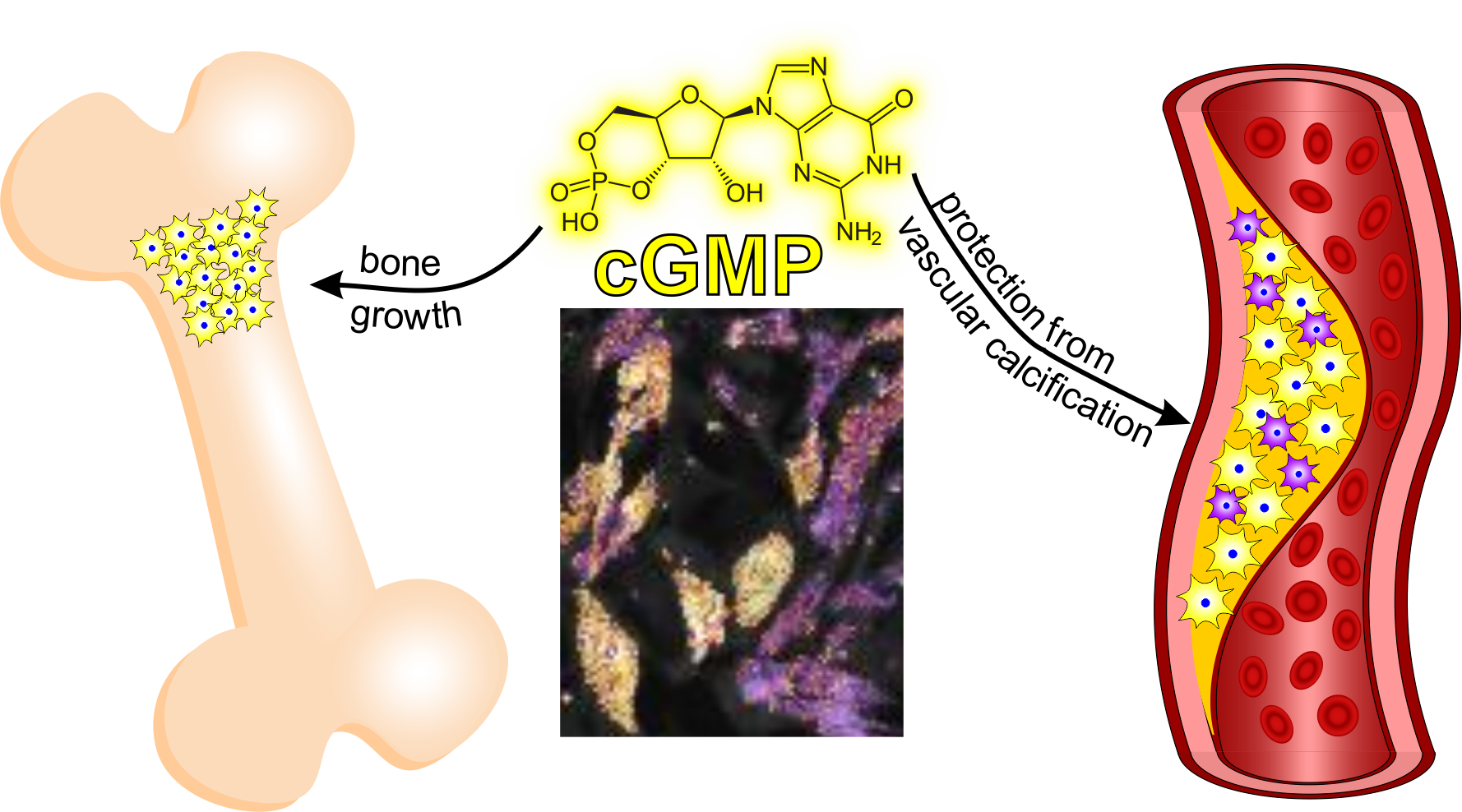University of Tübingen researchers study a new approach to preventing heart attacks and strokes

Atherosclerosis is a widespread vascular disease that leads to heart attacks and strokes and is the main cause of death worldwide. This disease causes deposits, including fats and various cells, to form in the inner wall layer of blood vessels; these deposits can grow into plaques. The plaques can constrict vessels and lead to blood clots so that the oxygen supply to the organs via the blood is no longer sufficient and cardiovascular diseases develop.
Blood vessels are mainly made up of smooth muscle, which can increase blood flow by relaxing.
"The central signal transmitter for this is the cellular messenger cyclic guanosine monophosphate, or cGMP for short, which is formed in the smooth muscle cells of the blood vessels”, explains Dr. Moritz Lehners from the University of Tübingen, the first author of the study.
cGMP is found in many human organs and regulates numerous body functions. Interestingly, the signalling molecule may be formed in the vascular cells in several different ways. “Because the overall regulatory process is not yet fully understood, we focused on one of the cGMP production pathways in the current study,” says the researcher.
To this end, the research team used blood vessel cells from mice in which the cGMP molecule can be detected as a glow under the microscope using a novel fluorescent biosensor.
This enabled us to visualise the signalling molecules and the biochemical processes in which they are involved in individual cells and observe them in real time, at work so to speak”, says Lehners.
Such single-cell analyses could also be further developed for other areas of vascular biology.
The status of vascular cells is crucial
The researchers found that changes in biochemical signalling pathways occur in the vascular cells during the development of atherosclerosis.
"As a cell grows into the plaque and stiffens, the cGMP production pathway changes. The pathway we looked at more closely starts up in atherosclerotic plaques and works against the calcification of the vessels. This mechanism therefore has a vasoprotective function,” says Lehners.
This result is underpinned by the fact that mice in which this cGMP pathway was blocked developed more severe vascular calcification.
"Interestingly, precisely this pathway of cGMP formation has long been known in biochemistry and medicine as a promoter of bone growth,” says study leader Robert Feil.
Genetic variants of the receptors involved in the metabolic pathway lead to anomalies in the human skeleton. Vosoritide, a new drug that acts on the cGMP signalling pathway, in bone, has recently been developed and is used to treat dwarfism in children.
The parallels the new study has shown between bone growth and the formation of atherosclerosis in blood vessels could now be used to test whether agents such as vosoritide may also be used in the treatment of atherosclerosis.
Latest Highlights:
The consolidation of our European University Alliance, highlighted in a CIVIS conference at the UAM
How Adnet marble provides a stepping stone between Geology and Art at the University of Salzburg
The University of Bucharest awarded the Order of Cultural Merit in the rank of Grand Officer
NKUA commits to promoting the Greek language, history, and culture within the Greek diaspora
UNIL's UCreate selects 10 innovative projects for development with coaching and financial support
